The best bioactive Peptides for skin and why we need them for skin health
Peptides are one of the most searched-for skincare ingredients on the internet and there are several compelling reasons why they are coveted. They play a significant part in maintaining skin health, and through a series of complex biochemical processes, peptides help to revitalize the foundational building blocks of skin as we age. Peptides are an extensively researched class of skincare ingredients with incredible clinical backing. In alignment with our mission to produce bio-designed and research-driven products, they are (no surprise) the key power players within our Ultra Peptide Cream. We don’t know about you, but if peptides were tea, we’d be sipping from that cup all day long. In fact, keep topping it up. Now if you can imagine our team sitting around the product development table (with tea), the idea of a multi-beneficial peptide serum began to brew as an innovative cream concentrate, eventually manifesting into our Ultra Peptide Cream.
Alright, ready for the peptide tea? Let’s serve it.
What are peptides?
Peptides are short chains of amino acids (the building blocks of proteins) and are cellular communicators. Naturally occurring peptides exist in the deeper layers of the skin, playing an essential role in regulating the skin's structural integrity. The peptides used in cosmetics are either isolated bioactive peptides that have to be synthetically produced, or they occur naturally as polypeptides, a component of a plant-based substance. Depending on the cost, desired potency and performance speed of a formula, formulators may choose just isolated bioactive peptides, groupings of polypeptides, or a combination of both. In true Josh Rosebrook tradition, we went for a combination of both (of course) to achieve access to a full spectrum of benefits. Peptides can have strings of up to fifty amino acids, and you can easily decipher how many amino acids are in a peptide by looking at the Latin prefix, di-, hexa-, tetra-, etc. For example, “tripeptide” stands for three amino acids respectively. Depending on the number of amino acids in a peptide, there are two subgroups. Isolated bioactive peptides typically have anywhere from two to ten amino acids, known as oligopeptides. In contrast, polypeptide chains are technically complex proteins made up of more than fifty amino acids - often they work synergistically with antioxidants and other phytonutrient co-factors.
The multi-functional benefits of peptides for the skin are shown in scientific studies to include:
• Improving skin softness
• Improving tone and texture
• Increasing the feeling of plump, hydrated skin
• Supporting healthy, glowing skin
Between the two subgroups, there are four categories of peptides organized by their chemical behavior - neurotransmitter inhibitors peptides, enzyme inhibitors peptides, signaling peptides, and carrier peptides. Scientists recognize the fifth group of peptides known as antimicrobial peptides (AMPs), but they are mostly researched for medical applications. The main three peptide groups used in cosmetics are:
1. Signal Peptides - stimulate matrix-producing proteins and collagen synthesis. 2. Carrier Peptides - act as transport mediators while delivering essential trace elements for wound healing and enzymatic processes.
3. Neurotransmitter Peptides Inhibitors - inhibit the release of acetylcholine at the neuromuscular junction (this is where peptides get a “botox-like” reputation from).
While the use of peptides in cosmetics is on the rise globally, one of the biggest formulation challenges in working with peptides is their delivery to the skin. Getting peptides into the stratum corneum (outermost layer of the skin) alone is a feat, which is why our formulation approach is research-driven to problem-solve with chemistry and deliver results.
Ultra Peptide Cream strongly focuses on skin penetration enhancers (the scientific term lipid conjugation) to allow our peptides to work with the skin. We use the term “biomimetic” here because we are introducing ingredients naturally found in the skin that can become depleted over time. The act of effectively boosting ingredient levels (mimicking) activates innate skin functions such as repairing and renewing. Isn’t chemistry fun?
Meet our biomimetic peptides:
Palmitoyl Tripeptide-1: Signaling peptide with three amino acids. Attached to a palmitic (fatty) acid to increase solubility and skin penetration. The three specific amino acids of this peptide are considered a type 1 collagen fragment, which essentially tricks the skin into thinking that collagen has degraded and signals it to produce more. When paired with Palmitoyl Tetrapeptide-7, clinical research has shown a significant reduction in the appearance of wrinkles (both surface area and density. It’s also a peptide best suited for sensitive skin.
Palmitoyl Tetrapeptide-7: Signaling peptide with four amino acids. Attached to a palmitic (fatty) acid to increase solubility and skin penetration. Through a series of chemical signaling, the beneficial outcome for the skin is less inflammation and reduction of structural loss. When paired with Palmitoyl Tripeptide-1, clinical research has shown a significant reduction in the appearance of wrinkles (both surface area and density). It’s also a peptide best suited for sensitive skin.
Hexapeptide-11: Signaling peptide with six amino acids. Protect fibroblasts against oxidative stress and improves skin elasticity.
Polypeptides from pea extract and quinoa seed extract: Cysteine-rich hydrolyzed proteins that support skin rejuvenation and promotion of skin smoothness, along with delivering nutrient co-factors to work synergistically with protective antioxidants. Fun fact: Peptide scientists in Ireland used artificial intelligence in 2020 to isolate a specific peptide from pea extract that demonstrated effective “anti-aging” properties, including anti-wrinkle and collagen stimulatory potential.
What can peptides be combined with?
Another fantastic note about the biomimetic peptides found in our Ultra Peptide Cream is the compatibility factor with other ingredients and products. You can pair Ultra Peptide Cream with practically any other product, and over time it will help improve your skin's overall appearance and strengthen skin health.
The serum is structured as a concentrated feather-light cream emulsion for rapid absorption while forming a thin barrier for other ingredients like ceramides, niacinamide, bio-fermentations, and fatty acids to take their hard-working time with surface rejuvenation and barrier repair.
How can I use Ultra Peptide Cream in my routine?
You can’t go wrong by getting creative with the Ultra Peptide Cream! Along with the Hydrating Accelerator and C Complex Serum, we feel it’s one of our most universal products, efficacious for all skin types and conditions.
Morning and evening, it should be applied after using serums and oils, before moisturizing with a cream or balm. Note that for skin on the oiler side, or for people who prefer lightweight moisturizers, Ultra Peptide could be the perfect last-step product at night. A full daily routine might look like this:
MORNING: Complete Moisture Cleanse > Hydrating Accelerator > Hydration Boost Concentrate > C Complex Serum > Ultra Peptide Cream > Nutrient Day Cream
EVENING: Essential Balm Cleanse > Daily Acid Toner > Hydration Boost Concentrate > Active Infusion Oil > Ultra Peptide Cream > Vital Balm Cream
Ultra Peptide Cream routines breakdown by skin type or condition:
COMBINATION: Complete Moisture Cleanser > Hydrating Accelerator > Herbal Infusion Oil > Ultra Peptide Cream > Nutrient Day Cream
OILY: Complete Moisture Cleanse > Hydration Boost Concentrate > C Complex Serum > Ultra Peptide Cream > Nutrient Day Cream
BALANCED: Complete Moisture Cleanse > Daily Acid Toner > C Complex Serum > Ultra Peptide Cream > Vital Balm Cream and/or Nutrient Day Cream
SENSITIVE: Essential Balm Cleanse > Hydration Boost Concentrate > Ultra Peptide Cream > Vital Balm Cream Unscented and/or Nutrient Day Cream
MATURE: Essential Balm Cleanse > Daily Acid Toner > Hydration Boost Concentrate > Active Infusion Oil > Ultra Peptide Cream > Vital Balm Cream and/or Nutrient Day Cream
DRY: Essential Balm Cleanse > Hydrating Accelerator > C Complex Serum > Active Infusion Oil > Ultra Peptide Cream > Vital Balm Cream and/or Nutrient Day Cream
RESOURCES
Fields, K., Falla, T.J., Rodan, K. and Bush, L. (2009), Bioactive peptides: signaling the future. Journal of Cosmetic Dermatology, 8: 8-13. https://doi.org/10.1111/j.1473-2165.2009.00416.x (Disclosure: Authors are from company Rodan & Fields)
Gorouhi, F. and Maibach, H.I. (2009), Role of topical peptides in preventing or treating aged skin. International Journal of Cosmetic Science, 31: 327-345. https://doi.org/10.1111/j.1468-2494.2009.00490.x
Rodan, K., Fields, K. and Falla, T. (2013). Bioactive Peptides. In Cosmeceuticals and Cosmetic Practice, P.K. Farris (Ed.). https://doi.org/10.1002/9781118384824.ch14 (Disclosure: Authors are from company Rodan & Fields)
Giana Angelo, Ph.D.(2012). Peptides and Skin Health. Linus Pauling Institute. Oregon State University. https://lpi.oregonstate.edu/mic/health-disease/skin-health/peptides (Disclosure: Partially funded by a grant from the Neutrogena Corporation)
Sklirou, A. D., Ralli, M., Dominguez, M., Papassideri, I., Skaltsounis, A. L., & Trougakos, I. P. (2015). Hexapeptide-11 is a novel modulator of the proteostasis network in human diploid fibroblasts. Redox biology, 5, 205–215. https://doi.org/10.1016/j.redox.2015.04.010
Forbes J, Krishnamurthy K.(2022. Biochemistry, Peptide. StatPearls [Internet]. Treasure Island (FL): StatPearls Publishing. Available from: https://www.ncbi.nlm.nih.gov/books/NBK562260/
Errante Fosca, Ledwoń Patrycja, Latajka Rafal, Rovero Paolo, Papini Anna Maria. (2020). Cosmeceutical Peptides in the Framework of Sustainable Wellness Economy. Frontiers in Chemistry (Vol 8). DOI=10.3389/fchem.2020.572923.
Resende, D. I. S. P., Ferreira, M. S., Sousa-Lobo, J. M., Sousa, E., & Almeida, I. F. (2021). Usage of Synthetic Peptides in Cosmetics for Sensitive Skin. Pharmaceuticals (Basel, Switzerland), 14(8), 702. https://doi.org/10.3390/ph14080702
Tataringa, G., Zbancioc, A.M. (2021). Antirid peptides in cosmeceutical formula. Romanian Journal of Pharmaceutical Practice. 14(3). DOI: 10.37897/RJPhP.2021.3.1
Schagen, Silke Karin. (2017). Topical Peptide Treatments with Effective Anti-Aging Results. Cosmetics 4, no. 2: 16. https://doi.org/10.3390/cosmetics4020016
Trisha L. Pownall, Chibuike C. Udenigwe, and Rotimi E. Aluko. (2010). Amino Acid Composition and Antioxidant Properties of Pea Seed (Pisum sativum L.) Enzymatic Protein Hydrolysate Fractions. Journal of Agricultural and Food Chemistry. 58 (8), 4712-4718 DOI: 10.1021/jf904456r
K. Kennedy, R. Cal, R. Casey, C. Lopez, A. Adelfio, B. Molloy, A.M. Wall, T.A. Holton and N. Khaldi. (2020). The anti-ageing effects of a natural peptide discovered by artificial intelligence. International Journal of Cosmetic Science. Vol 42, 388–398 doi: 10.1111/ics.12635
Lei, J., Sun, L., Huang, S., Zhu, C., Li, P., He, J., Mackey, V., Coy, D. H., & He, Q. (2019). The antimicrobial peptides and their potential clinical applications. American journal of translational research, 11(7), 3919–3931.




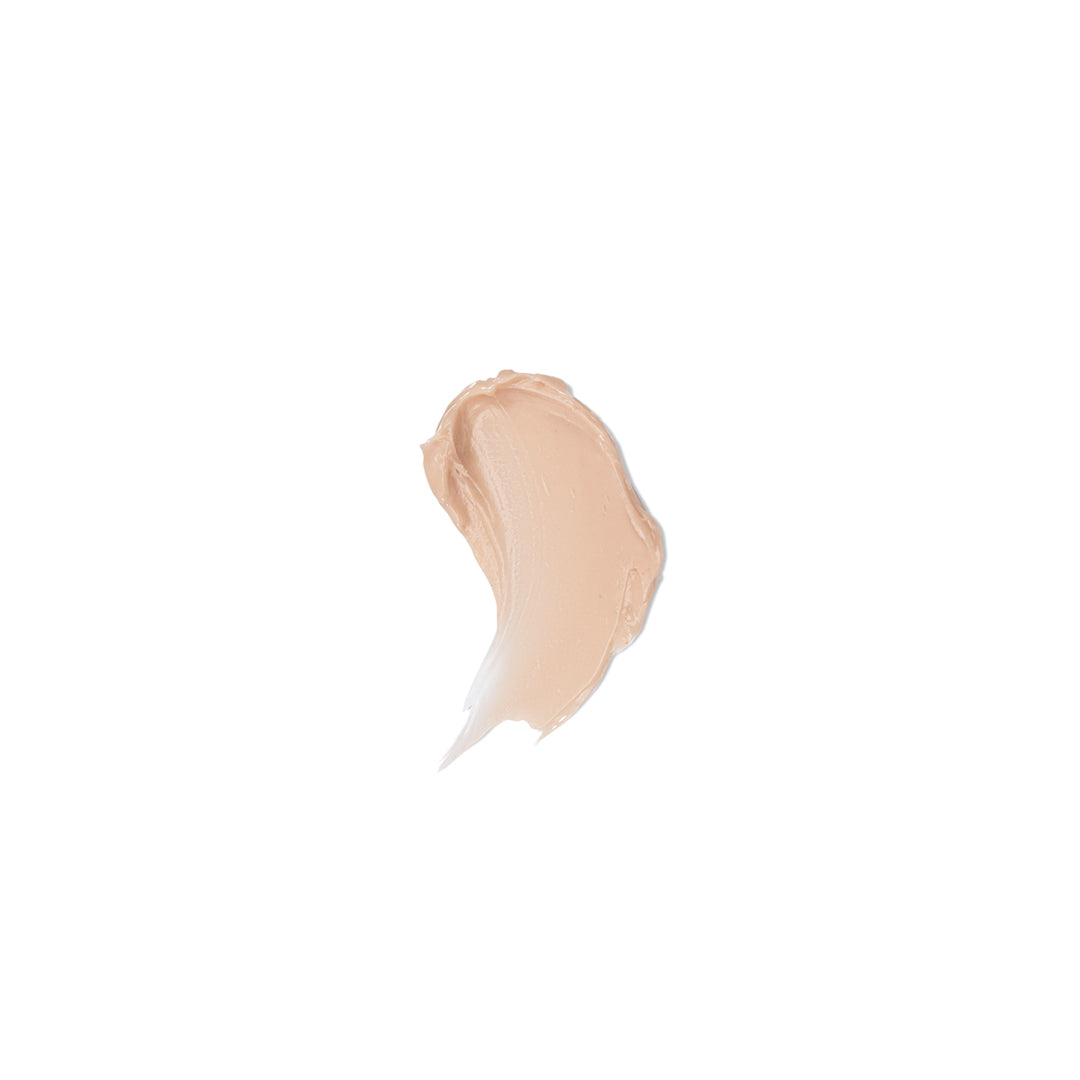
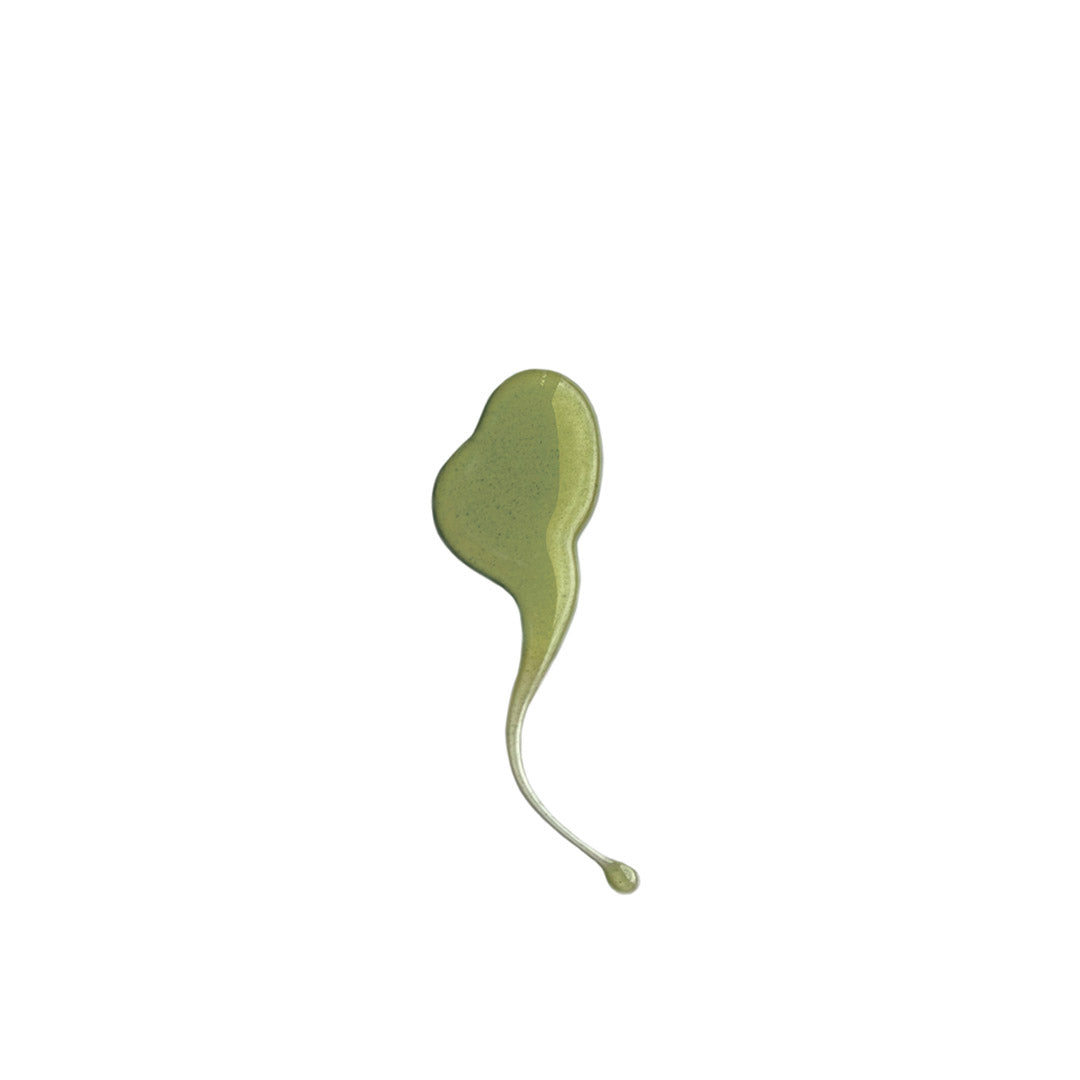
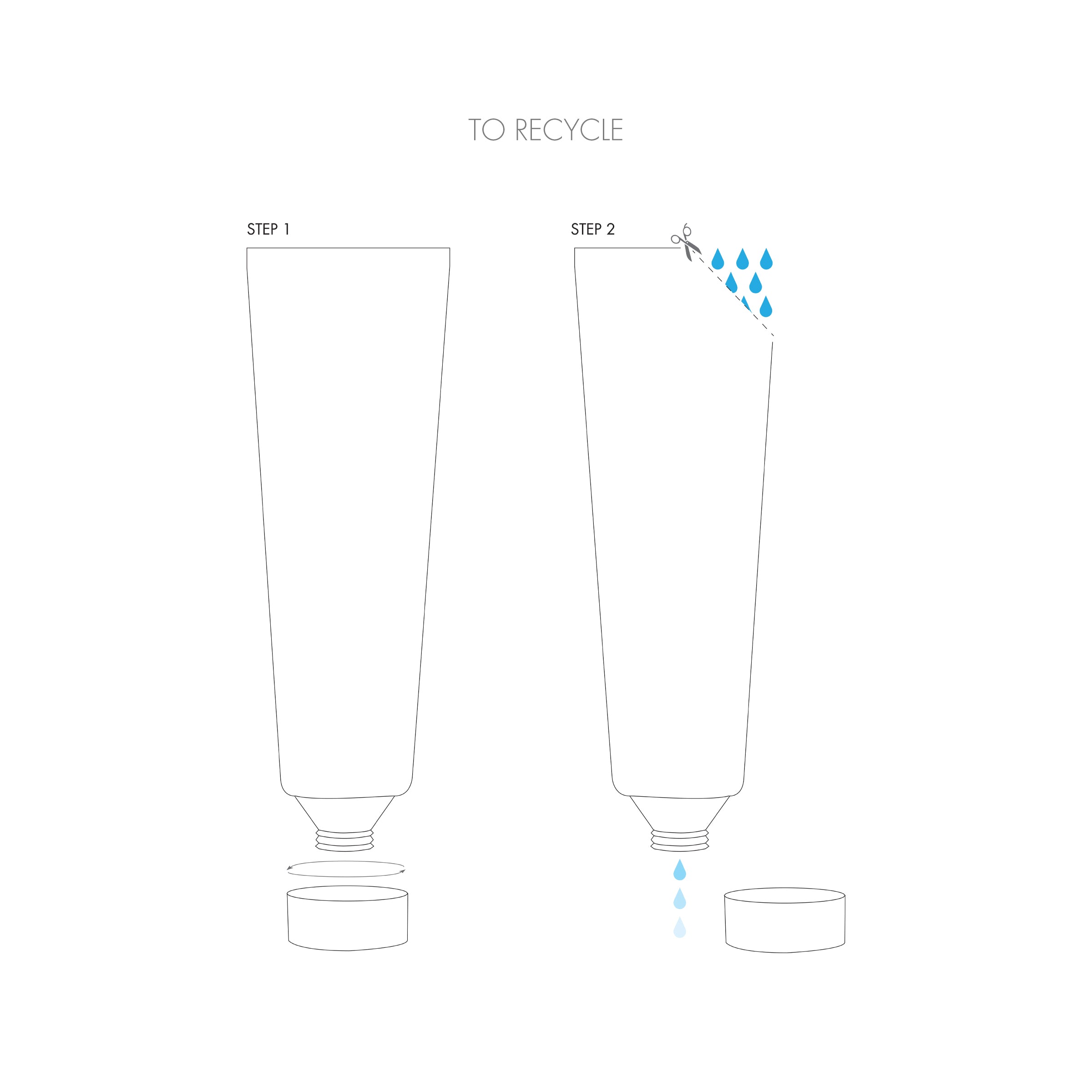
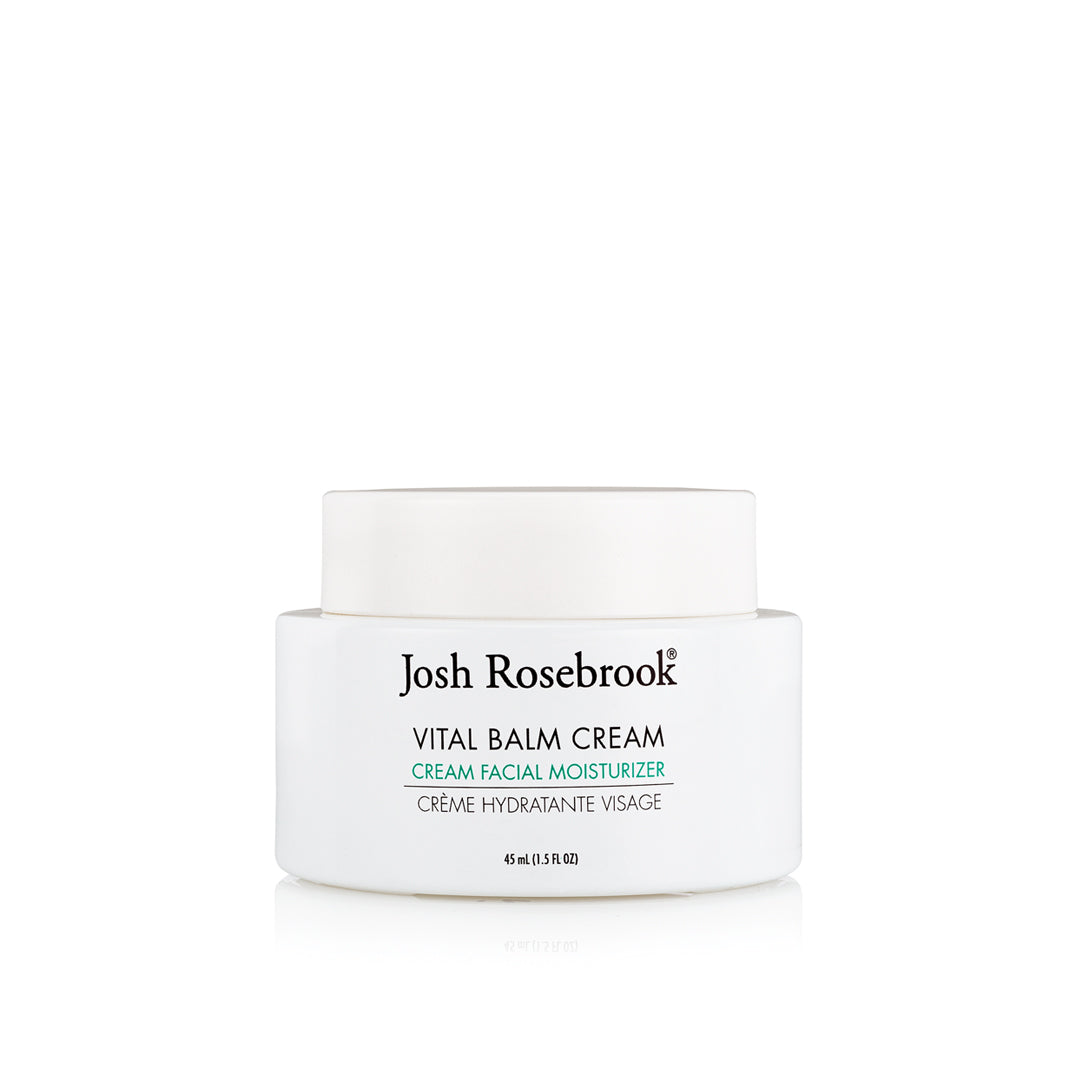
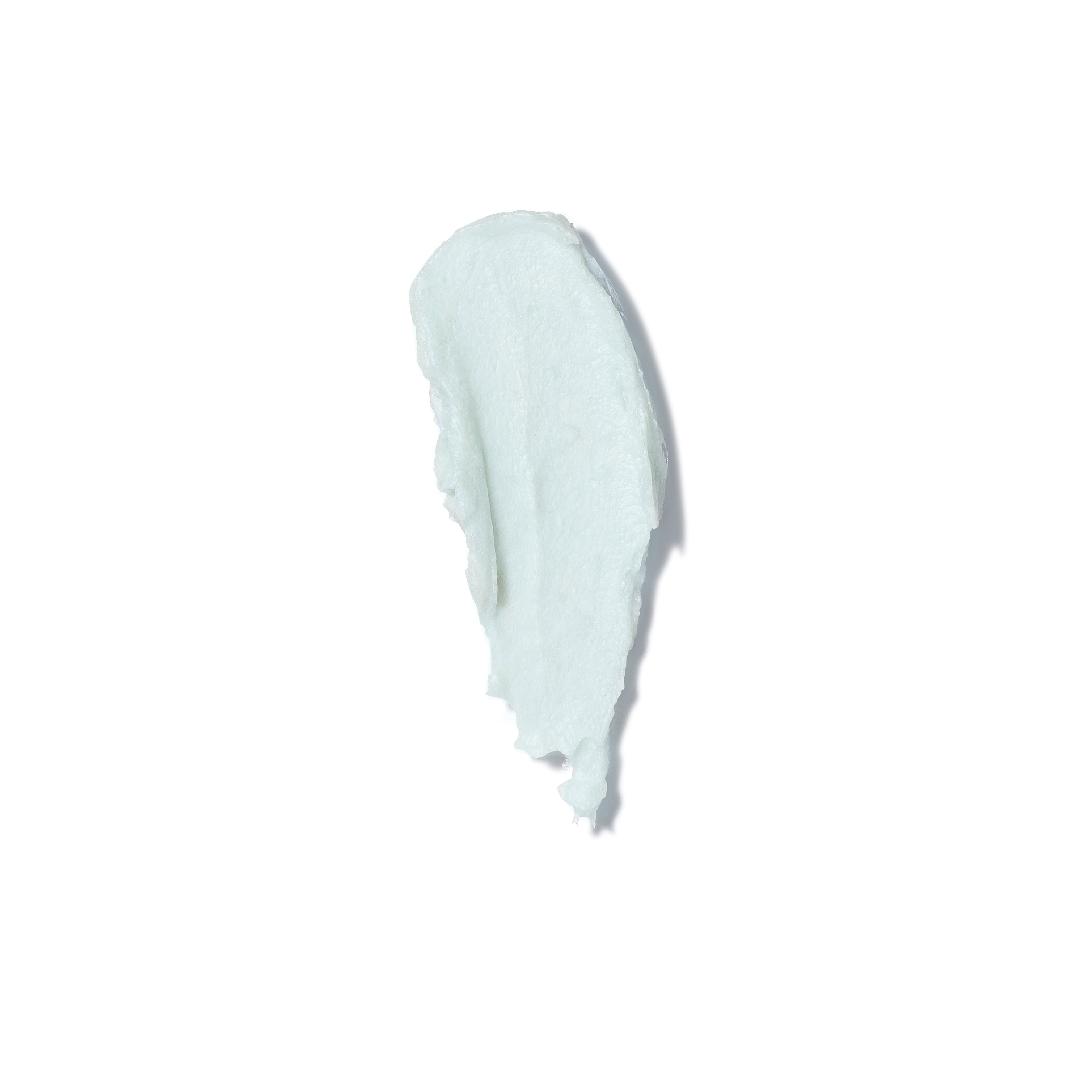

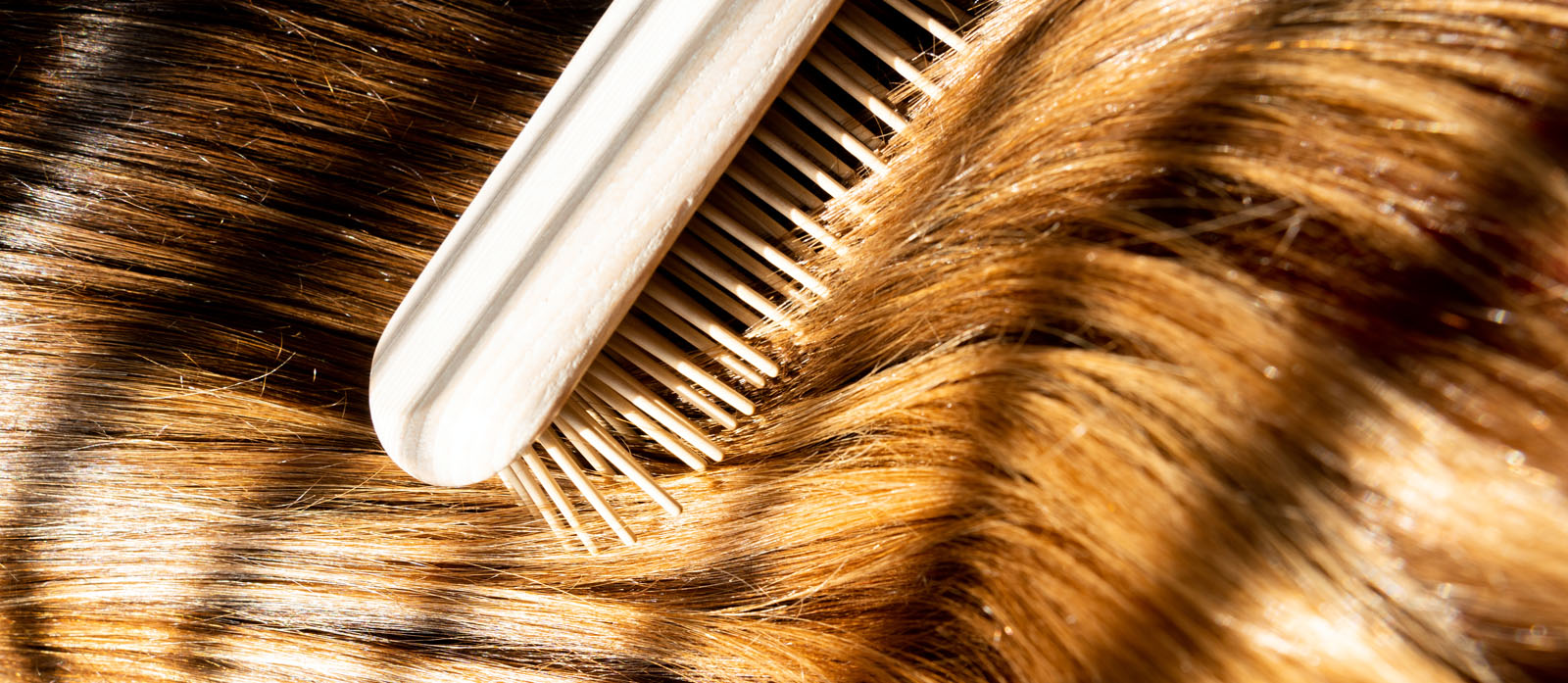
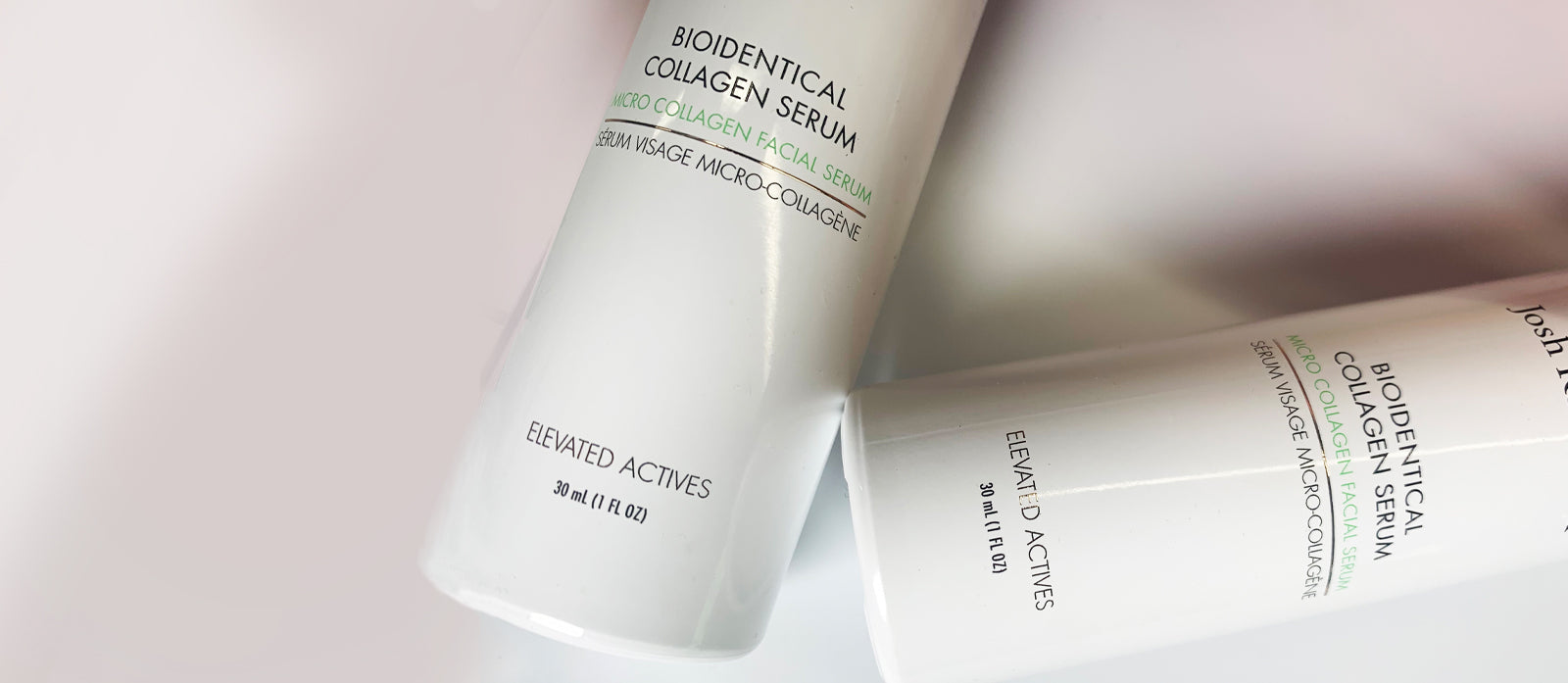
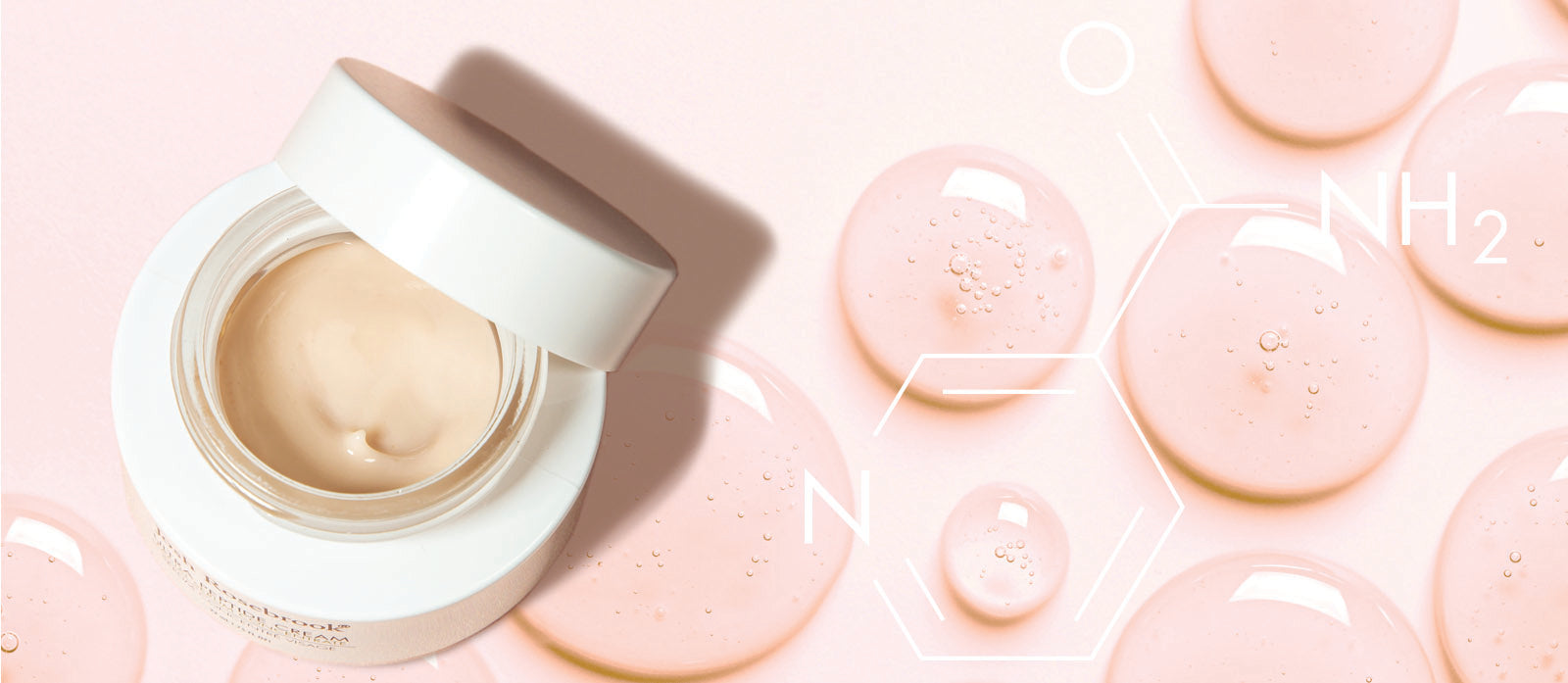
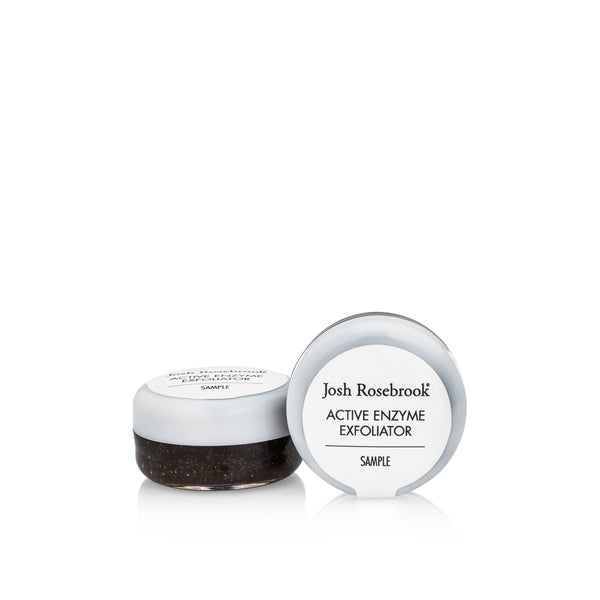
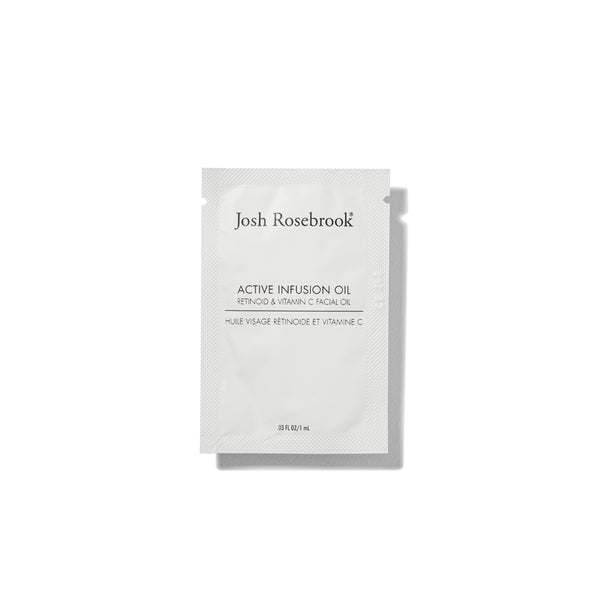
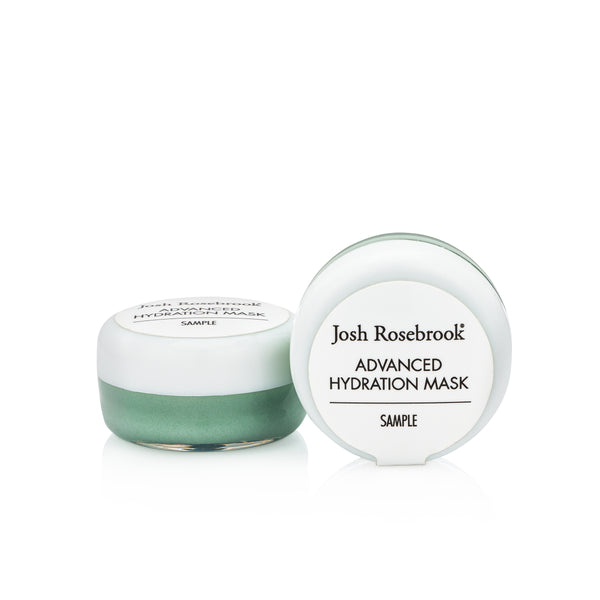
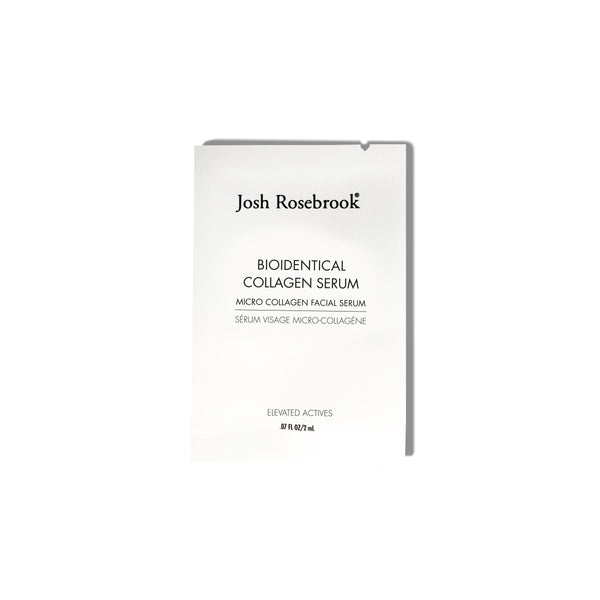

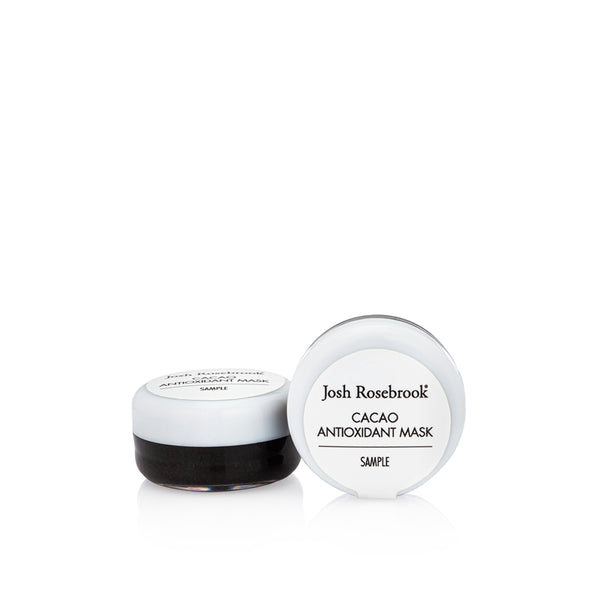
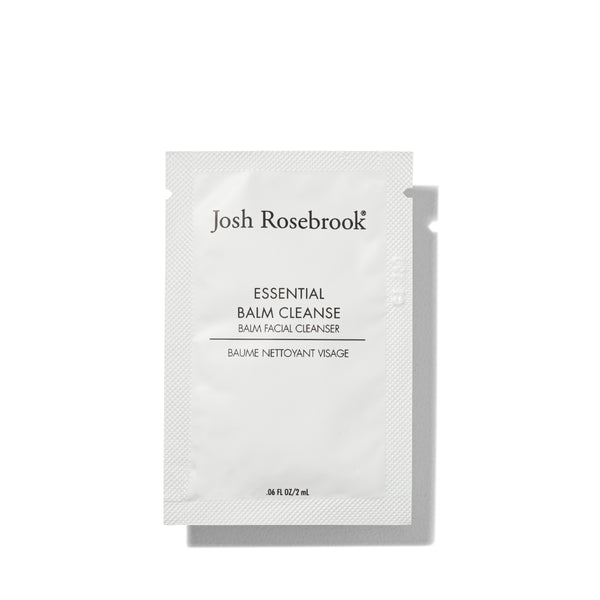

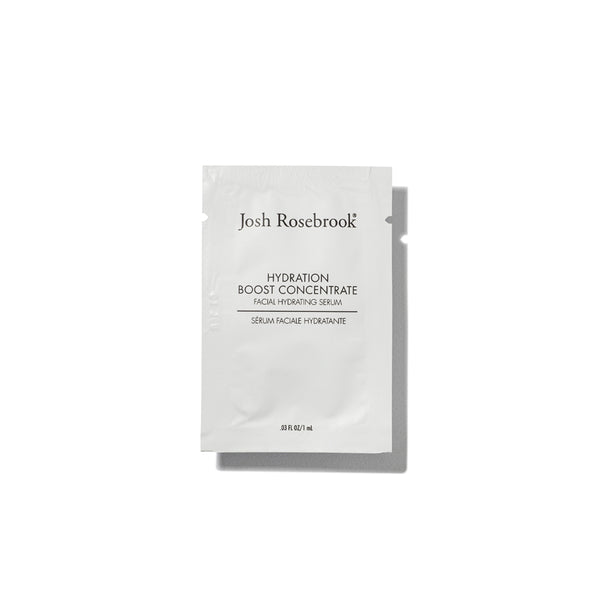
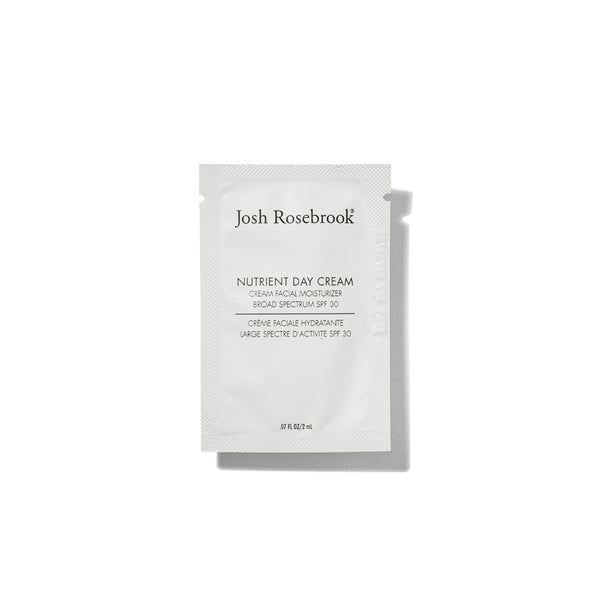


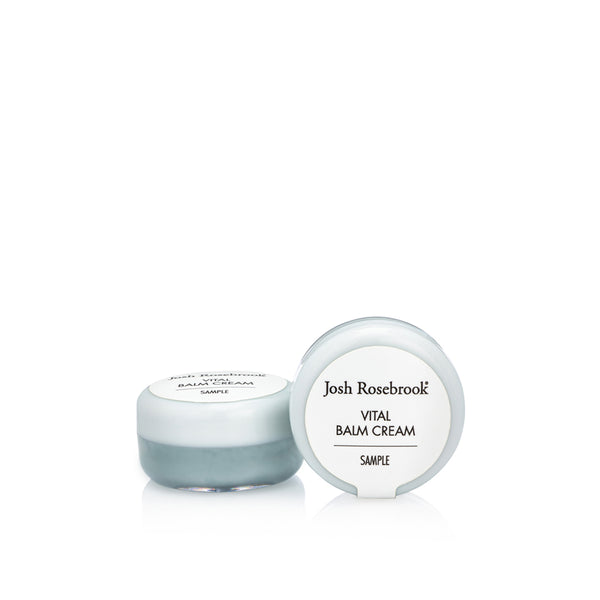
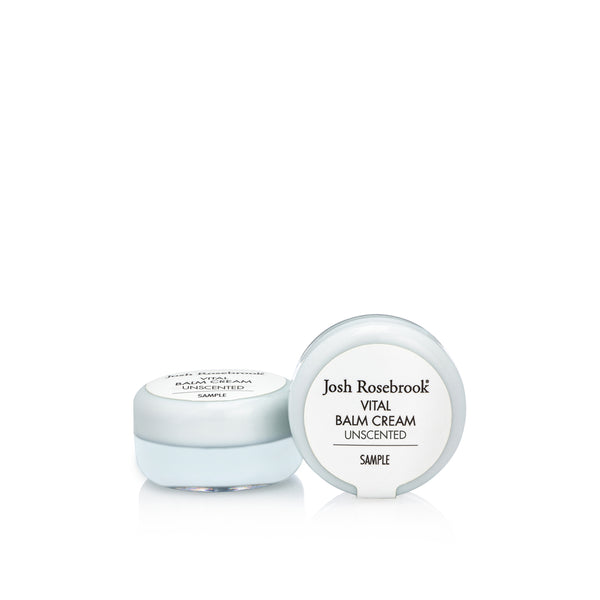
WRITTEN BY Josh Rosebrook